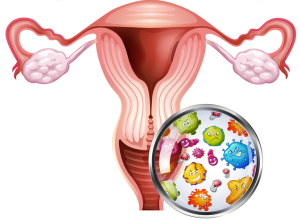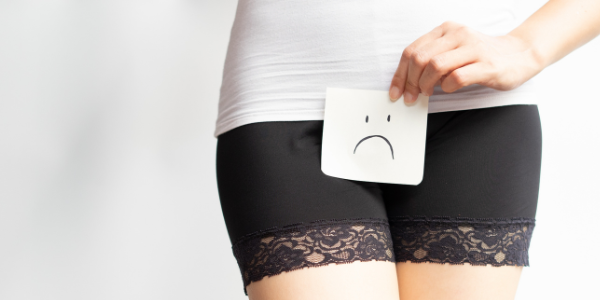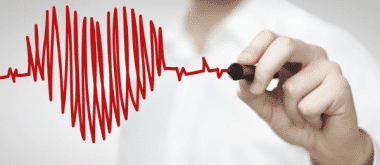You know how unsettling it can be if you’re a woman going through or approaching menopause and have ever experienced yeast infections. You may also have found that your symptoms persist long after the yeast infection is gone. The good news is that it’s easily treatable. The low-grade yeast infection can be prevented or treated at the same time you take your menopause hormone replacement.
Why Are Yeast Infections a Common and Recurrent Problem During and After Menopause?
Women going through perimenopause, or the transition phase between menarche (the beginning of menstruation) and the end of menstruation due to menopause, often experience a high incidence of yeast infections because as estrogen levels fall and fluctuate, abnormally low levels of estrogen are more common.
Estrogens are responsible for keeping vaginal pH normal, making it harder for the candida fungus to grow. This can result in the formation of chronic vaginitis. However, the yeast infection may not be due to low estrogen. Sometimes bacterial vaginosis can contribute to the persistent symptoms of a yeast infection.
Generally, women taking estrogen in replacement therapy for menopause will experience decreased levels of vaginal infections, also called BV or bacterial vaginosis. This is because estradiol and other hormones that enhance vaginal blood flow help reduce the risk and severity of yeast infections.

A typical woman’s body goes through a major change during menopause. This change brings an imbalance of hormones that can lead to symptoms such as hot flashes, vaginal dryness and yeast infections. In addition to these symptoms, some women experience a decline in sex drive or sleep disruption that can eventually affect their daily functioning.
There is good news for women who experience any of the above symptoms. It is possible to prevent or treat a yeast infection at the same time you are taking your menopause hormone replacement. If you have ever had a yeast infection, chances are that you have found some relief from it by taking menopausal hormones like estradiol (Estrace) or testosterone (AndroGel). Be sure to ask your doctor about these and other options for treating yeast infections and other menopause symptoms.
Ways to Cope with Yeast Infections
A woman in menopause may start with a low-grade yeast infection, which causes a low-grade hormone imbalance. This imbalance then causes an increase in yeast infections and other symptoms.
Yeast Treatment
So, how do you treat a yeast infection during or after menopause? First, see your doctor to confirm you have a yeast infection that’s not caused by something else. The doctor will likely ask about your symptoms and examine your vagina. Knowing the difference between a yeast infection and another vaginal problem, such as a bacterial infection, is important because the two require different treatment regimens. Your doctor will probably also want to know if you are taking estrogen or other menopause hormones. These medications can be a source of yeast infections because they make the body more susceptible to them. Your doctor may prescribe an antifungal cream or pill. Be aware that some women are allergic to yeast-preventing medications.
Monitor Your Body
Prevention is easier than treatment. The best thing to do is monitor your body for a low-grade yeast infection and treat it as soon as you notice it’s there. When you are in the early stages of menopause, avoid products that add moisture to the vagina and wear cotton panties, which will allow air circulation. Showers and baths should be short, and you should be sure to pat dry. Using condoms during sex can decrease your chances of getting a yeast infection.
Conclusion
If your symptoms persist after a low-grade yeast infection, you may have an overgrowth of other bacteria that can cause a more severe vaginal problem. Your doctor will likely prescribe an antifungal medication. Follow the instructions on the bottle and use it at the first sign of symptoms. You’ll still need to go to your doctor regularly while taking menopausal hormones to help ensure that you don’t develop something more serious. And if another yeast infection occurs, go back to your doctor immediately for treatment.





